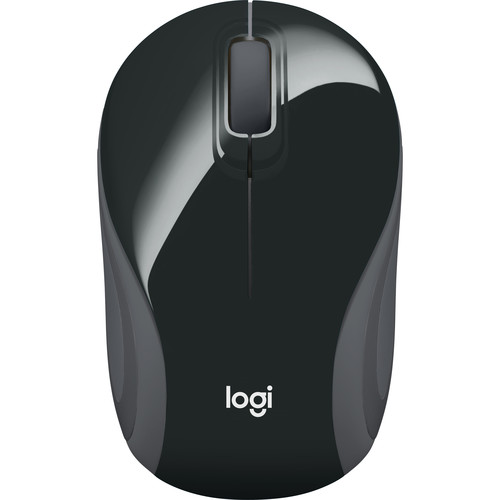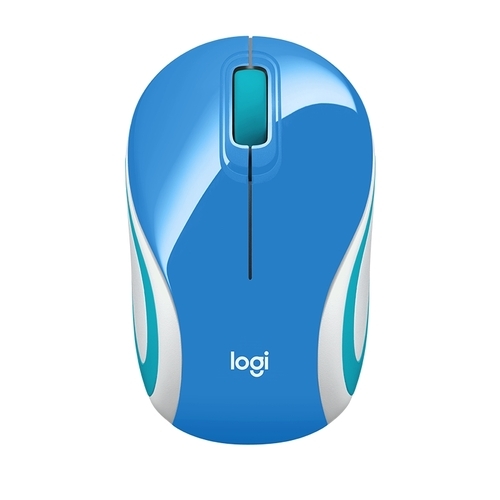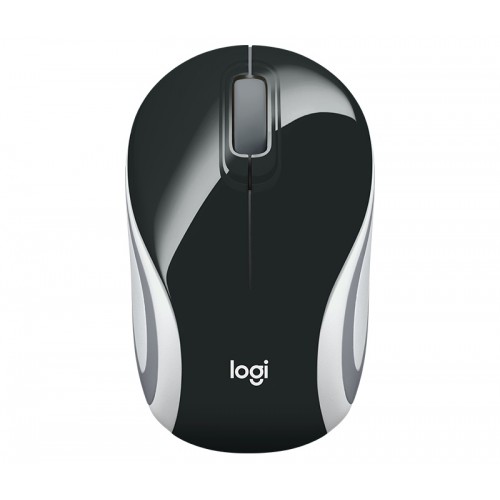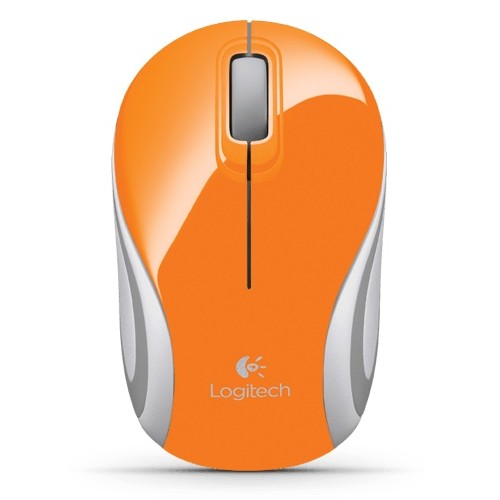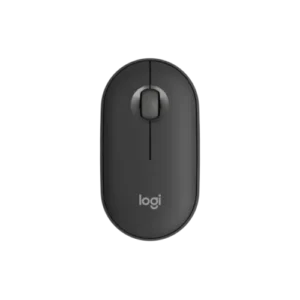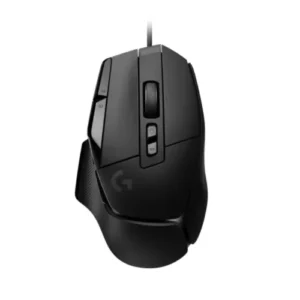Supported Operating Systems and Compatibility
USB wireless mice are designed to accommodate a wide range of operating systems, ensuring versatility and ease of use across various devices. The primary operating systems supported include Windows XP, Vista, 7, 8, and 10, as well as Mac OS X 10.5 or later. Furthermore, compatibility extends to Linux Kernel 2.6 and Chrome OS, allowing users to integrate the device with both traditional and modern computing environments with relative ease.
The significance of having such broad compatibility cannot be overstated. Users benefit from the freedom to switch between different operating systems without the concern of purchasing a new mouse for each system. This is particularly advantageous for businesses, educational institutions, and individuals who operate across multiple platforms. For example, a user who frequently transitions between a PC running Windows 10 and a MacBook could seamlessly use the same USB wireless mouse without the need for additional drivers or software installations.
However, for customers operating on older systems or considering upgrades, it is essential to confirm compatibility. While many USB wireless mice claim support for older versions such as Windows XP, functionality may vary. Users might encounter issues ranging from limited functionality to complete incompatibility with very outdated systems. Therefore, thorough research into the specific mouse model and its supported systems is advisable before purchase. Regular updates to wireless mouse firmware can enhance compatibility with newer operating systems, which is a beneficial feature for those updating their systems in the future.
In light of these considerations, ensuring that a USB wireless mouse is compatible with the intended operating system can significantly enhance the user experience, contributing to efficiency and productivity in everyday tasks.
Technical Specifications and Performance Features
The USB wireless mouse is designed to provide users with a seamless and efficient experience, incorporating various technical specifications and performance features that enhance usability and precision. At the heart of its functionality lies advanced optical tracking technology, which significantly improves accuracy during cursor movements. This technology allows the mouse to function effectively on a wide range of surfaces without the restrictions typically associated with traditional mice.
In terms of ergonomic design, most USB wireless mice come equipped with three buttons, including standard left and right-click buttons, along with a centralized scroll wheel. This configuration not only aids in navigating through documents and web pages but also streamlines common tasks such as adjusting volume and scrolling through images. This user-oriented design ensures that users can fulfill their daily computing needs with efficiency.
Battery performance is another critical aspect to consider. Many models are powered by a single AA battery, which delivers an impressive battery life of up to six months under regular usage conditions. This long-lasting battery life eliminates the need for frequent replacements, thus enhancing the overall user experience.
Wireless connectivity is also a prominent feature of the USB wireless mouse. Utilizing advanced 2.4 GHz wireless technology, these devices ensure a reliable connection with minimal lag. The typical operating distance is approximately 10 meters, providing users with ample freedom to navigate their workspace without being tethered to their computer. This wire-free operation is particularly advantageous in settings where mobility is essential.
Lastly, the assurance of quality is reinforced through a standard three-year warranty, which reflects the manufacturer’s commitment to durability and product reliability. By combining these technical specifications and performance features, the USB wireless mouse stands out as a valuable tool for both casual users and professionals alike.
